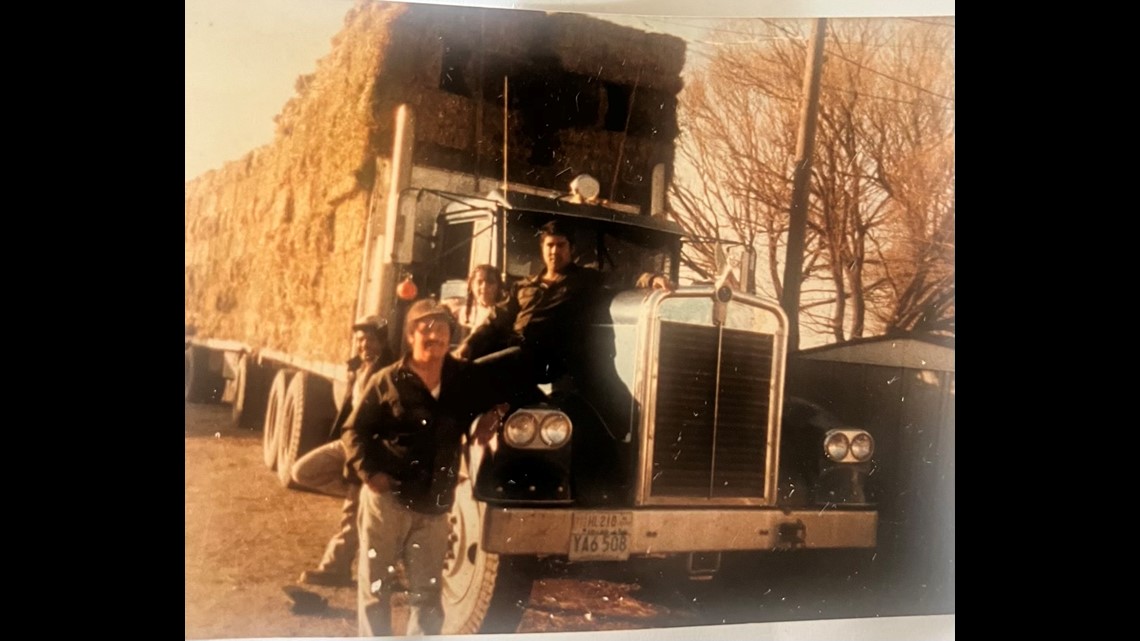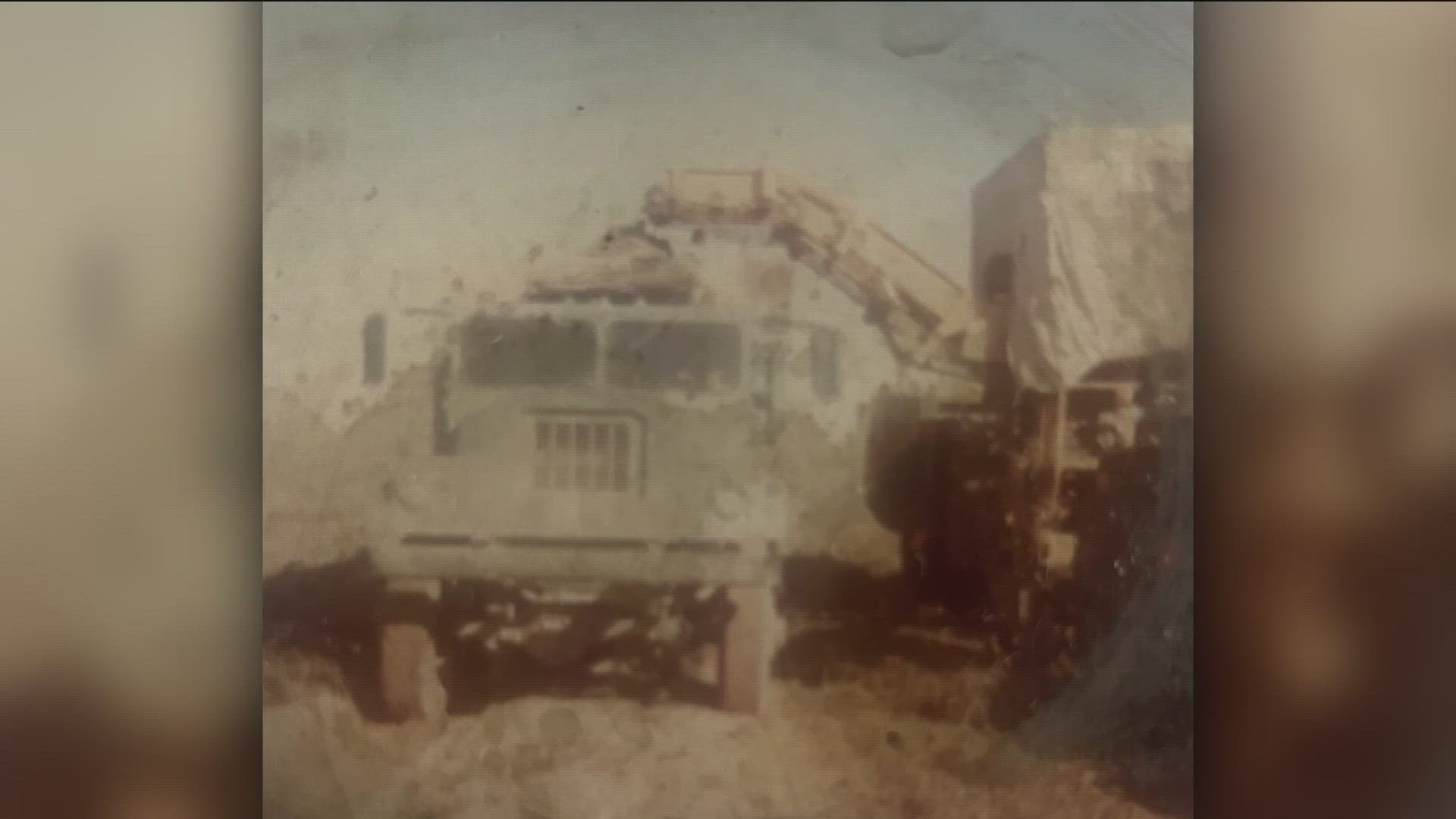WEISER, Idaho — Editor's note: KTVB intern Daisy Bautista covered this story regarding the Weiser Labor Camp. Alfonso Gutierrez, who is her grandfather, was interviewed as he had experienced a labor camp in Marsing, Idaho.
Many of those from Mexico who migrated to Idaho, began their American dream by starting their work careers in agricultural work.
Historian Kathleen Rubinow Hodges and community leader Ana Maria Nevarez Schachtell presented research at the historic train depot center in Weiser. They compiled the history of Weiser’s camp to preserve the story of the camp that once housed farmworkers.
Their research shows in the 1940s, Weiser’s newspapers were frequently putting out stories on the need for agricultural labor. As many farmers needed help with their crops during the midst of World War II.
Desperate for help within the times of war, the federal government intervened to keep Americans fed.
To address the issue, President Franklin D. Roosevelt started the Bracero program in 1943. The program brought farm workers from Mexico to areas of the United States where farm labor was needed. The government aided these workers by providing not only train fare, but also accommodating these workers with housing.
These workers provided agricultural labor in the field works of: potatoes, corn, and onions during World War II.
“Most people from Mexico, I could say they come and do jobs that a lot of the time people don’t want, and so one of those jobs is being an agricultural worker,” Schachtell said.
Even after the war was over, the Bracero program continued to fund agricultural labor until 1965. Families continued to arrive, as the need for farm workers was needed in the state of Idaho. With no federal funding, camps throughout Idaho continued to provide affordable housing for farmworkers from Mexico. It was continued through private ownership.
Alfonso Gutierrez migrated to Idaho in the 1970’s when he was in his 20’s. He had heard there was an opportunity for work that provided affordable housing in Marsing.


“Without knowing where Idaho was, I didn't even know where it was,” Gutierrez said. “I took a risk and came and got to work in the fields. There I began picking cherries, apples, peaches, and cleaning beets.”
This is how the beginning of the American dream started for many like Gutierrez. With trying to find a job that could also provide housing.
“The houses of the labor camp were normal. It had a bathroom, one bathroom just the toilet and the shower to bathe," Gutierrez said. “Some of us slept in the bed, others we slept on the floor and the thing is that we had a kitchen, refrigerator stove and well learning to cook oneself and survive. Well, we came to the land of dreams, looking for the dollars. Well, I say we achieved it, thanks to God.”
Gutierrez, who is now a successful business owner in Idaho, has expressed nothing but gratitude for his time in the camps. Regardless of the congested housing, and low wages.
“For me it is something very important and I give importance to all those people who made that sacrifice to come to the camps,” he said.
Hodges and Schachtell saw the need to highlight the history of farmworker families and the Weiser camp that no longer exists. They discovered that many people from Idaho were unaware that the labor camps in Idaho housed migrant families for generations.
The Latino and Hispanic community continues to grow in Weiser. From 1990-2010 the population grew to 10%.
“I think it's very important for the community to know and for us Latinos and our future generations to know that the Mexican, Latinos, Hispanic helped make a great contribution to the development of our state” Schachtell said. "From the cultural part, to the economic part, the work has always been there to support.”
The Weiser camp was officially sold off to Haun Onion Packing in 2004. Some of the housing was donated to locals who once resided and lived in the camp. It was given as a gift, a thanks to all their work.
Watch more Local News:
See the latest news from around the Treasure Valley and the Gem State in our YouTube playlist:
HERE ARE MORE WAYS TO GET NEWS FROM KTVB:
Download the KTVB News Mobile App
Apple iOS: Click here to download
Google Play: Click here to download
Watch news reports for FREE on YouTube: KTVB YouTube channel
Stream Live for FREE on ROKU: Add the channel from the ROKU store or by searching 'KTVB'.
Stream Live for FREE on FIRE TV: Search ‘KTVB’ and click ‘Get’ to download.

